A Hydrogen-Powered Future By Hyundai Is Envisioned
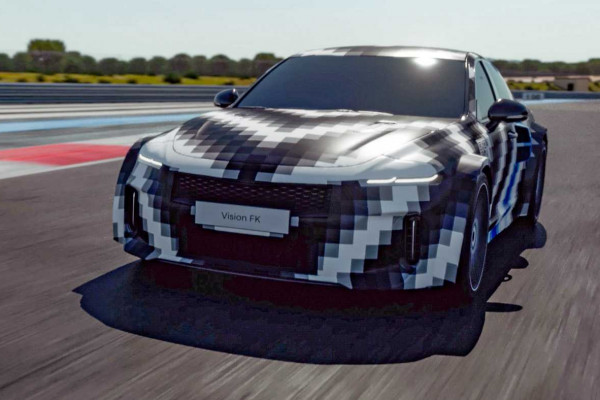
by AutoExpert | 8 September, 2021
The age of the internal combustion motor is drawing to an end in the car industry. While many businesses are adopting electric, fuel cells are awaiting their day to shine. A hydrogen-powered future by Hyundai was shown within Hydrogen Wave presentation.
Hyundai Motor Group estimates that by 2030, fuel cell cars will be priced competitively with EVs. So, the firm plans to launch its next-generation fuel cell technology in 2023. It will be 50% cheaper than the existing system and will have greater durability and productivity.
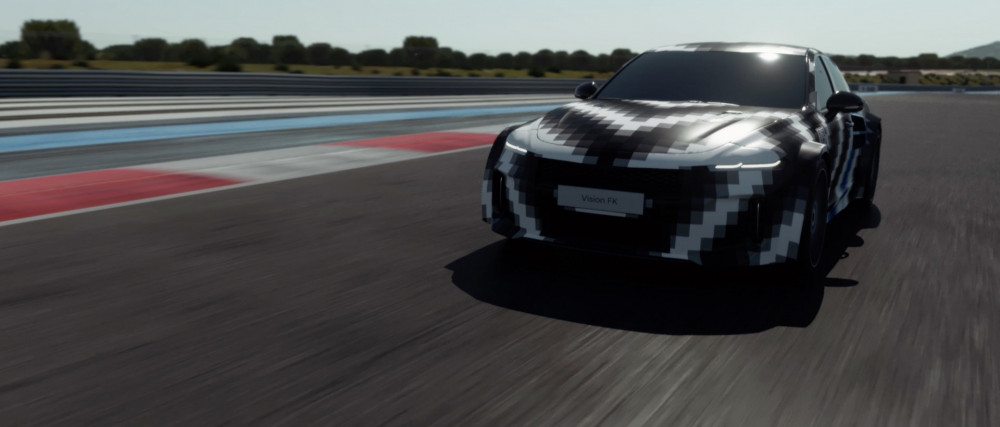
Hyundai displayed two distinct models of the third-generation fuel cell. The 100 kW stack is 30% smaller than the existing one, allowing it to fit more cars and purposes. In addition to the existing Nexo system, the firm demonstrated a 200 kW version for commercial trucks.
Hyundai suggested utilizing the fuel cells as an emergency power source for big ships or IT businesses. Using a Lego-like system, 100 kW units may be connected to produce 500 kW to 1 MW of total power.
The corporation aims to be the first leading manufacturer to deploy fuel cells in all commercial cars by 2028. The XCIENT Fuel Cell was the world's 1st mass-produced fuel cell heavily loaded vehicle, and it is currently in service. Additional vehicles centered on the XCIENT Fuel Cell are due in 2024, along with a tractor. This 5-to-7-meter (16.4 – 23 feet) fuel cell vehicle will fight in the worldwide light commercial vehicle market.
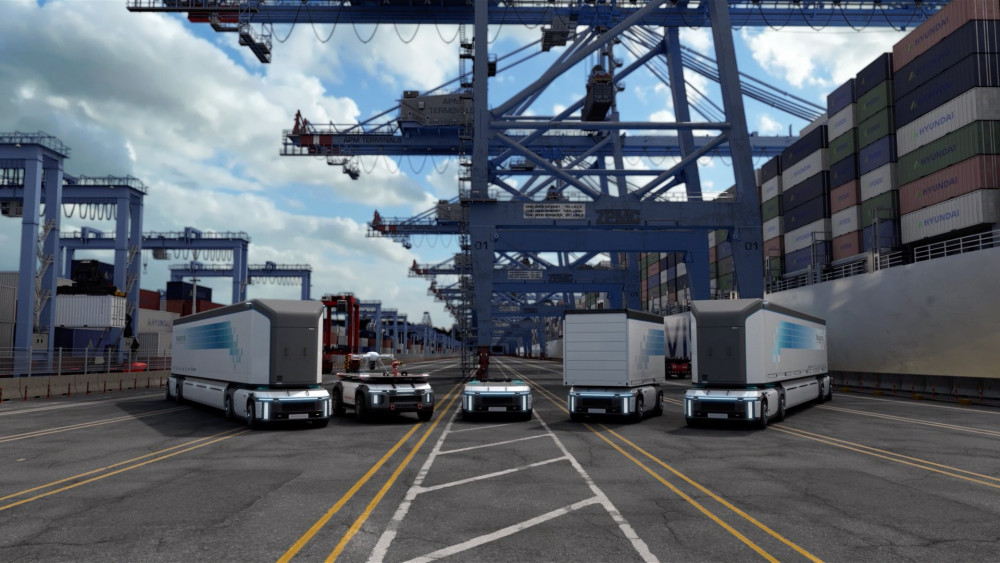
While hydrogen-powered commercial vehicles would help decrease CO2 emissions, the event's main focus was the unveiling some concepts of hydrogen-powered future by Hyundai. Vision FK, a high-performance variant developed on the Kia Stinger, caught the most attention.
The prototype features a “fuel cell energy converter” and a rear-wheel-drive plug-in hybrid engine, Hyundai claimed. This combination provides the vehicle with over 671-hp (500 kW/ 680 PS) and a 0-62 mph (0-100 km/h) speed under 4 secs. The vehicle will also get a 373-mile range (600 km).
Hyundai’s research and development head Albert Biermann said the car's creation was a fun task and hinted at racing it. The Trailer Drone idea is for trucking. It's a container atop two e-Bogies. These are the stars of the show, being completely autonomous cars with the top half removed.
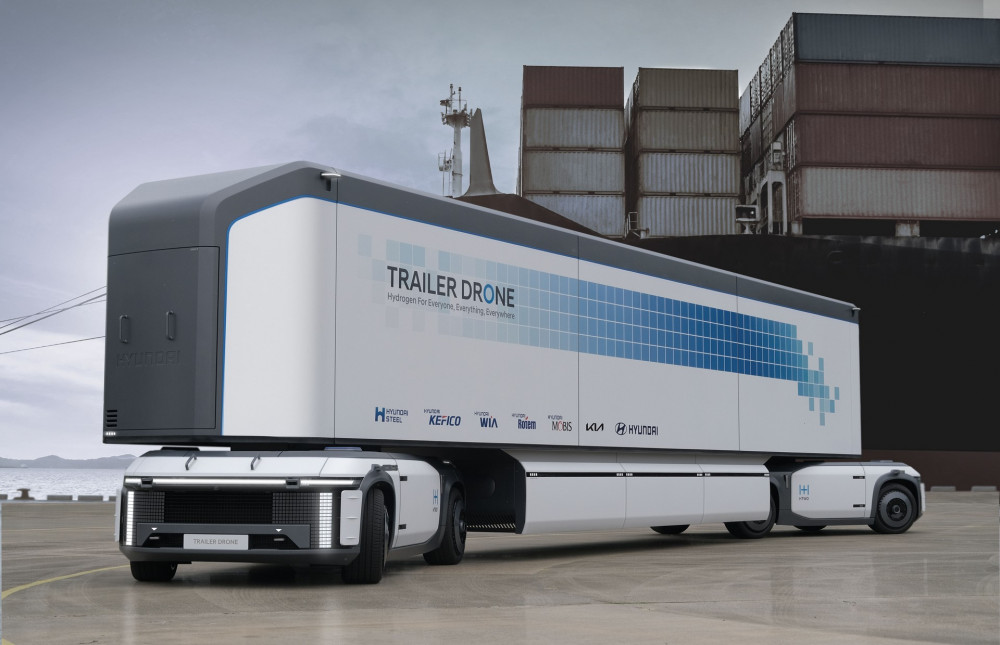
Each e-Bogie features a fuel cell drivetrain and separate steering wheels. Lasting mobility and even a Hummer-like crab walk feature. A Cluster-Mode would allow “multiple Trailer Drones to move together in an almost train-like configuration.”
The Rescue Drone idea shows that e-Bogies may be utilized for various purposes. It's an e-Bogie with drones attached. The idea is to utilize it in emergency circumstances like fires.
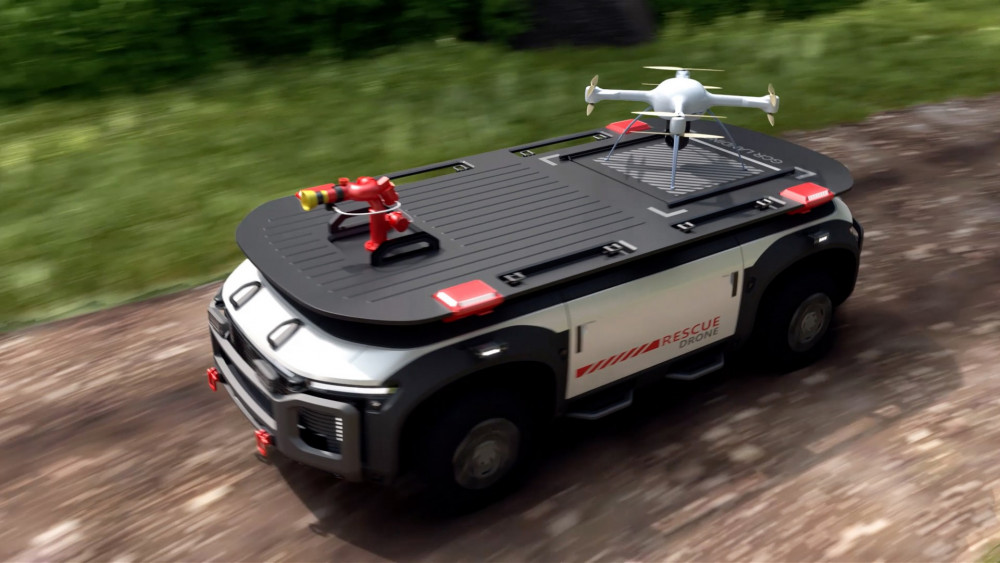
In addition, Hyundai unveiled a portable hydrogen filling station and a Rescue Hydrogen Generator Vehicle. This latter may power stranded EVs in off-road locations. "Our homes, workplaces, and factories are all part of the Hyundai Motor Group's mission," says Chairman Euisun Chung. "The aim is to make hydrogen accessible to everyone, everywhere."He went on to add that the firm aims to help create a hydrogen environment by 2040.
Although some concepts of the hydrogen-powered future by Hyundai may seem fantastical, Hyundai seeks to teach the public about hydrogen and fuel cell cars. The firm is also enthusiastic about the technology's potential since many governments have declared intentions to encourage fuel cell cars.

















